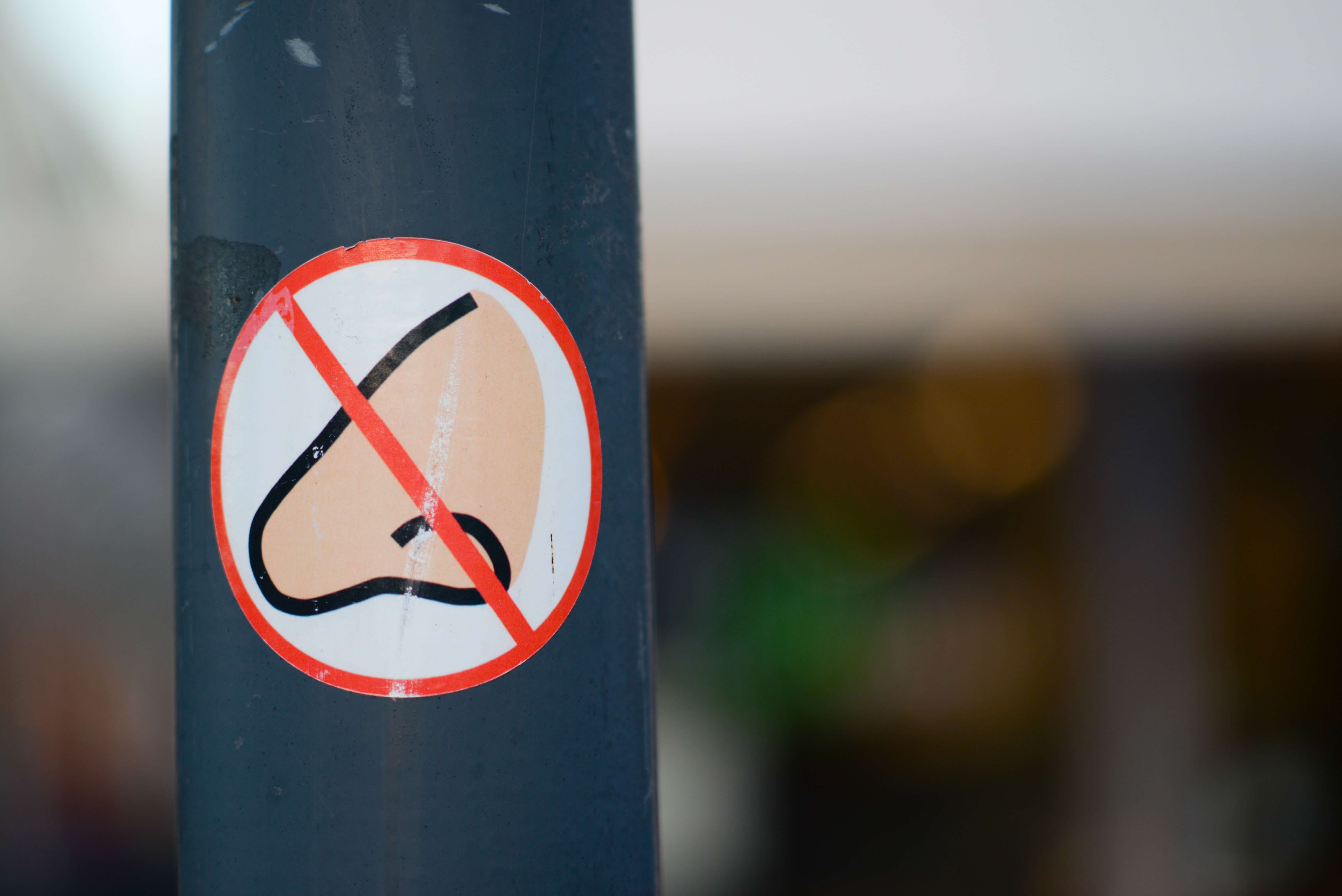Dissecting the pros and cons of ‘worst allergy cities’ lists
Attention allergy sufferers: Want to know where you’ll be most nasally challenged? New studies sniff out the cities most conducive to sneezing, wheezing and throat clearing.
Bert Sperling, CEO of Sperling’s BestPlaces and co-author of “Cities Ranked and Rated,” recently conducted one of the studies, “Top 10 Best/Worst Places to Live with Allergies.” Topping the “worst” list of U.S. cities for indoor and outdoor allergy sufferers were Kansas City, Mo.; Louisville, Ky., and Tampa-St. Petersburg-Clearwater, Fla. Cities were selected based on four years of allergen data, including mold spores and pollen.
In another study, the Asthma and Allergy Foundation of America names Atlanta, Augusta/Aiken, Ga./S.C., and Louisville, Ky., as the three worst “Spring Allergy Capitals” in the United States for 2004. The ranking captures the 100 worst cities for springtime allergy sufferers based on a city’s pollen levels in spring, use of over-the-counter and prescription medication, and number of allergists per capita.
The great escape?
So if you live in a bad allergy city, should you relocate faster than a 100-mph sneeze? Does it make sense to pack up and move to, say, Grand Rapids, Mich. (best allergy city as rated by Sperling’s BestPlaces) or Santa Fe, N.M. (top cleanest city for year-round particle pollution in 2004 as ranked by the American Lung Association)?
“Alas, I don’t think it is worth it, unless you are prepared to move about every six months for the rest of your life,” says Dr. Allen Dozor, chief of pediatric pulmonology at the Westchester Medical Center and professor of pediatrics at New York Medical College.
Dozor, author of “The Asthma and Allergy Action Plan for Kids: A Complete Program to Help Your Child Live a Full and Active Life,” says allergens exist everywhere. If you’re prone to allergies, you’ll react to whatever is in your environment.
“So, if you move to a very different kind of climate, say from Massachusetts to New Mexico, you may feel great for a few months, but sooner or later you will start to react to the local flora and you will be right back to where you began.”
Like computer viruses, pollen gets around.
” In order to avoid allergenic pollen, one would have to move to a place where the plant producing that pollen does not grow, or where its pollen is not present,” says Dr. Matthew Clarke, a family physician and allergy specialist. “This may prove difficult, especially since pollen has been shown to travel up to 400 miles away from the point of origin.”
Keeping a list, checking it twice
Allergy sufferer Michelle Hall, a business writer, wanted to high-tail it out of Atlanta until her husband, a doctor, persuaded her to get skin testing and allergy shots.
“I started allergy shots last year at the age of 48. I would recommend most people start shots earlier in life, but if I have another 48 years to go, it is definitely worth the pain and inconvenience,” Hall says
So if moving is as extreme as dropping a 16-ton crate of antihistamines on a pollen granule, what exactly is the point of a “best/worst city” allergy list?
“The Spring Allergy Capitals rankings are a very valuable tool to help allergy sufferers prepare for the season and their symptoms,” says Mike Tringale, director of marketing and communications for the Asthma and Allergy Foundation of America. Allergy sufferers living in or traveling to a Spring Allergy Capital can prepare by visiting www.allergyactionplan.com. Here they’ll find prevention and treatment tools, a four-day allergy forecast, and customizable allergy action plans.
Best/worst lists can also help you plan a sniffle-free vacation. Sperling’s study showed that northern areas and coastal regions offer some relief.
“Ocean breezes and rain can help to flush pollens and other allergens from the air around a city, and northern regions also have a shorter growing season to produce pollens,” Sperling says. Grand Rapids, Mich., ranks No. 1 on the best allergy cities list because its breezy lakeshore doesn’t give allergens such as pollen and mold time to settle in.
Plan ahead
What else can you do if you’re stuck in a “bad allergy city”?
“Keep in mind that outdoor allergens wax and wane through the year, and it is really helpful if you know what you are allergic to,” says Dozor. “You can figure this out on your own or you can go to an allergist and ‘get the list.’ Then you can keep track of the local allergy reports available in newspapers, TV and online. This can be very helpful in terms of planning what to do about medications.”
Clarke offers these additional tips for allergy sufferers:
- Remain indoors from 5 a.m. to 10 a.m. when outdoor pollen levels are highest and as much as possible on warm, dry, windy days when pollen is on the move.
- Wear pollen-proof face masks if you work outdoors.
Keep windows shut and use air conditioners with pollen-proof filters. - Change clothes after coming inside the house, and never line-dry clothes outside.
- After being outside, disrobe outside the bedroom. Shower and wash hair before going to sleep.
- Cover mattresses and pillows with dust-proof covers, vacuum carpets regularly, and cover air vents with filtering cloths.
- To avoid symptoms brought on by mold allergies, clean kitchens, bathrooms and basements regularly, and keep humidity below 50 percent with a dehumidifier.
